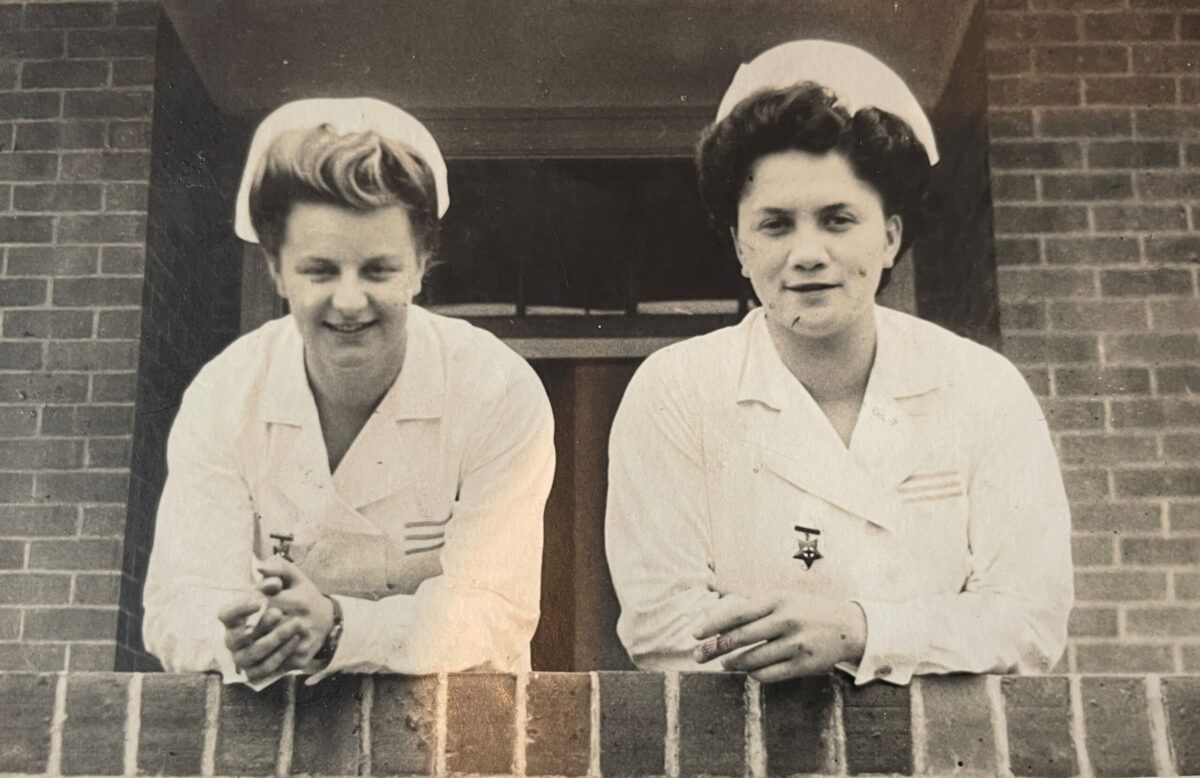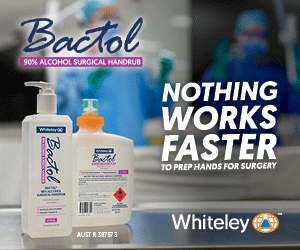You only need look back four decades to discover that becoming a nurse used to be an entirely different experience to what it is now.
Back before the radical change of the 1970s-80s which brought nursing education into tertiary institutions, nurses were trained in hospitals, under an apprenticeship model.
Canterbury University nursing lecturer Wendy Maddocks was in the last class of nursing students to be hospital-trained in Palmerston North, graduating in 1986. That special status was a trigger for her to journey back into the past.
Nurses recalled looking after wards full of patients with now preventable infectious diseases, or themselves succumbing to disease like tuberculosis.
She has now written a book: The Right Girls — a history of Registered Nurse Training at Palmerston North Hospital 1895-1986. The “right girls” in the title refers to the the words used in hospital correspondence about attracting the right sort of girls to training.
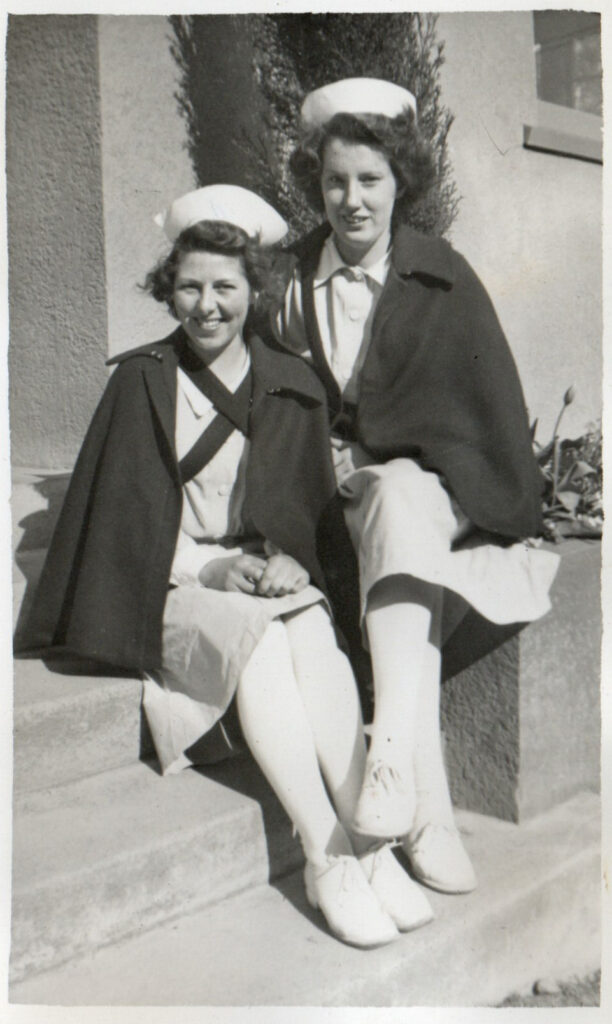
Maddocks started researching the history of hospital-based training at Palmerston North as a lockdown project.
Palmerston North Hospital matron Ellen Dougherty was renowned as the first nurse in the world to join a nurses’ register in 1901, paving the way for the future professionalism of nursing.
Maddocks, however, was unsure, when she started the project, what else she could find out. When travel was not possible, under lockdown rules, she was grateful for the support of volunteers at the medical museum associated with Palmerston North Hospital.
Once restrictions were lifted, researching the book took her and her research assistant (and son), Nyle Maddocks-Hubbard, to Archives New Zealand in Wellington, the Military Archives in Trentham, the Palmerston North Library Heritage Archives and the David Warnock Medical Museum. And finally — after a year of searching by a museum volunteer — hospital archives were located, long-forgotten in storage since the nursing school closed.
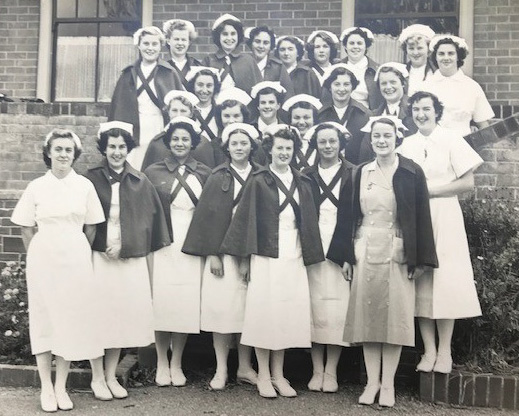
Maddocks says: “I interviewed nurses from across the decades and drew on official documents, diaries, family archives and newspaper stories to piece together as much of the history as was possible to collect.”
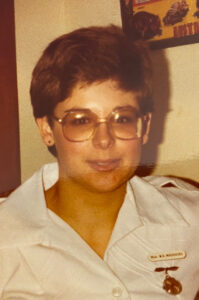
Her book tells the stories of the evolution of training, of discipline, welfare and the contribution of the local nurses to World Wars I and II, some earning great distinction and one losing her life on the Marquette in 1918.
The hard work, comradeship and sense of fun was apparent across the generations, and the book has a few ghost stories too. “Nurses recalled looking after wards full of patients with now preventable infectious diseases, or themselves succumbing to disease like tuberculosis.”
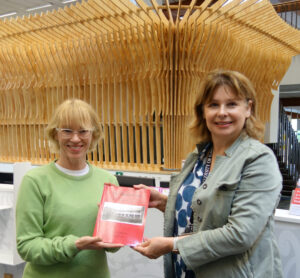
One of the nurses she interviewed was in her 90s, the rest in their 50s to 80s. “They all emphasised the teamwork — that there was always someone around to support them. And although they knew they were exploited — they were treated as a workforce and not necessarily as being there for clinical learning — and that it was really hard work, none of them regretted it.”
They made it clear that the experience of hospital training left them prepared for anything that life could throw at them, Maddocks said. “There were some incredible women among our predecessors. They had remarkable resilience, particularly those who served in the wars, and who were devoted to improving nursing standards, trying to advance the profession and advocate for better working conditions.”
The big difference between hospital training and today’s preparation of nurses is the level of practical experience. Maddocks teaches a graduate-entry nursing programme at Canterbury University, for which students complete around 1000 hours of clinical experience. For hospital-trained nurses, their hands-on clinical experience was more like a 1000 days.
The book also documents the impact of changing polices on health care, from cost-cutting paper reduction after WWII, to the effects of neoliberal reforms.
Despite the title — The Right Girls — a whole chapter is devoted to the post-war evolution of male nursing, the strength of the male nurses’ union, and the highly contentious issues of them being paid more and working shorter days.
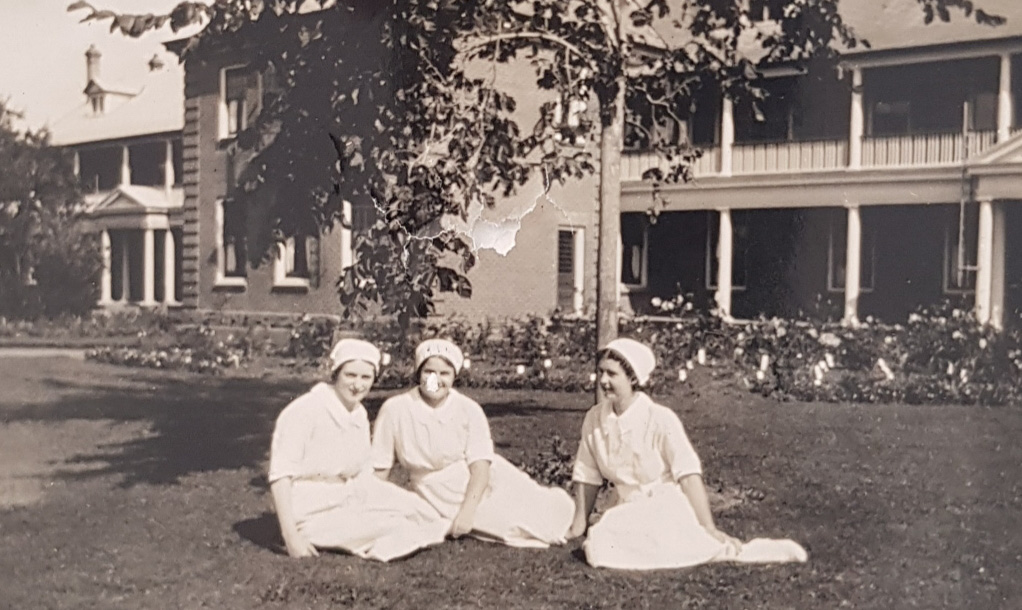
Maddocks, who has self-published the book, has been a nursing educator since the mid-1990s. After she first qualified, she nursed in a range of specialties, including emergency, and intensive and critical care.
The book can be bought from [email protected] or by visiting this Facebook page.


